The Museum of Reggae in Spanish was inaugurated on April 19, 2023. It was originally going to be located in Plaza Bolivar in the Casco Antiguo of Panama City. Then they changed the location, acquiring an entire building on Calle 13, which is the same street as the Masonic Lodge and the back of the La Cuadra building.
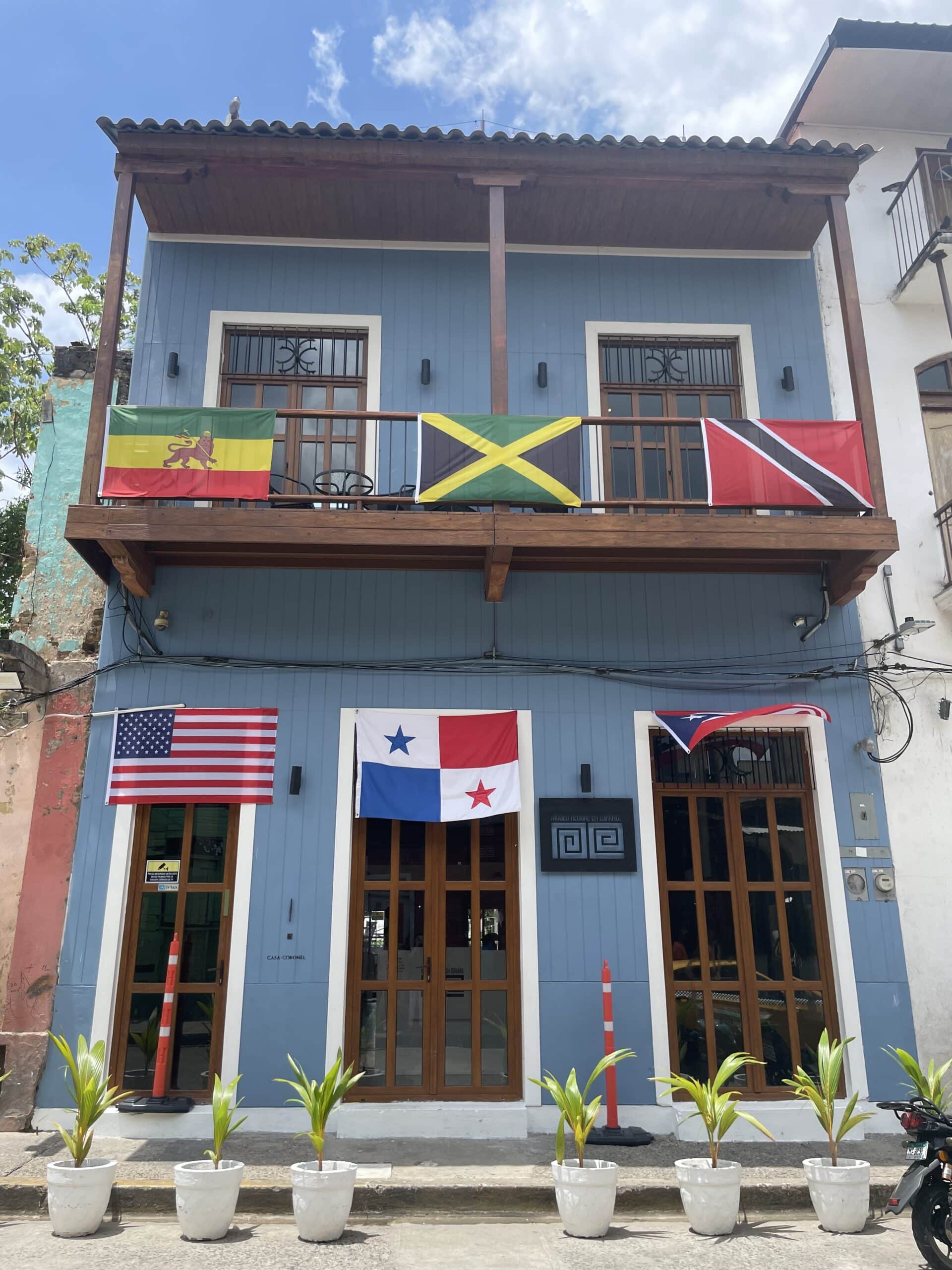
The entrance prices to the museum are $7 general admission (Panamanians and residents), $10 foreigners and $5 children and retirees. They are open from Monday to Sunday, that is, every day, with a schedule from 9 a.m. to 5 p.m. to 6 p.m. for the museum and from 11 a.m. to 5 p.m. to 11 p.m. for the bar and restaurant.
Afro-Antillean Restaurant and Bar
It is possible to go to eat without paying to go to the museum. Those who go to the Afro-Caribbean restaurant receive a discount on the price of the museum. It is not a cheap option to eat. The most accessible options on the menu are meats such as ropa vieja or grilled or pepper chicken fillet and cod that is cooked coastal style or sautéed. Most entrees start at $20 and up.
The menu at the Museum of Reggae in Spanish restaurant specializes in seafood. Try the Costa Brava octopus, in seafood sauce or curry in coconut milk, which is traditional from Colon. Salmon is served in tarragon, mustard or passion fruit sauce. Those who want to order prawns can get them with garlic or gratin. There is also lobster with garlic, butter, fine herbs or termidor. Another specialty of the house is spider crab that can be natural or in a fine herb sauce. Additionally, there is sea bass fillet a la reyna, museum sauce, tarragon sauce or garlic sauce.
This restaurant also has a bar area. At the top of the building they have a rooftop. The views from above are incredible, you can see Ancon Hill with the Panamanian flag, the Bridge of the Americas, ships waiting to cross the Panama Canal, Casco Antiguo and the modern city. Reggae rooftop sessions are held in this area while other types of music are played in the lower patio.
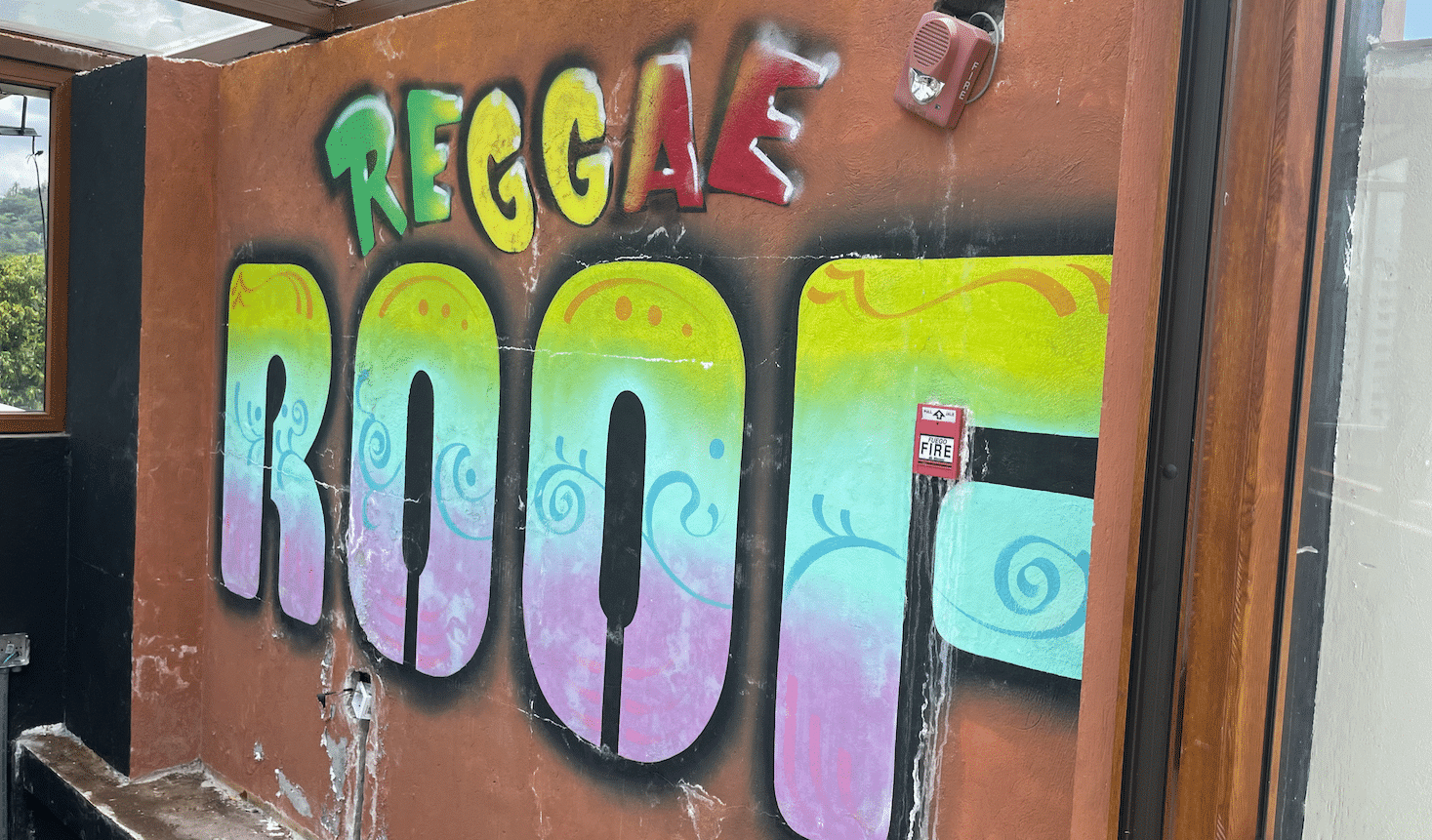
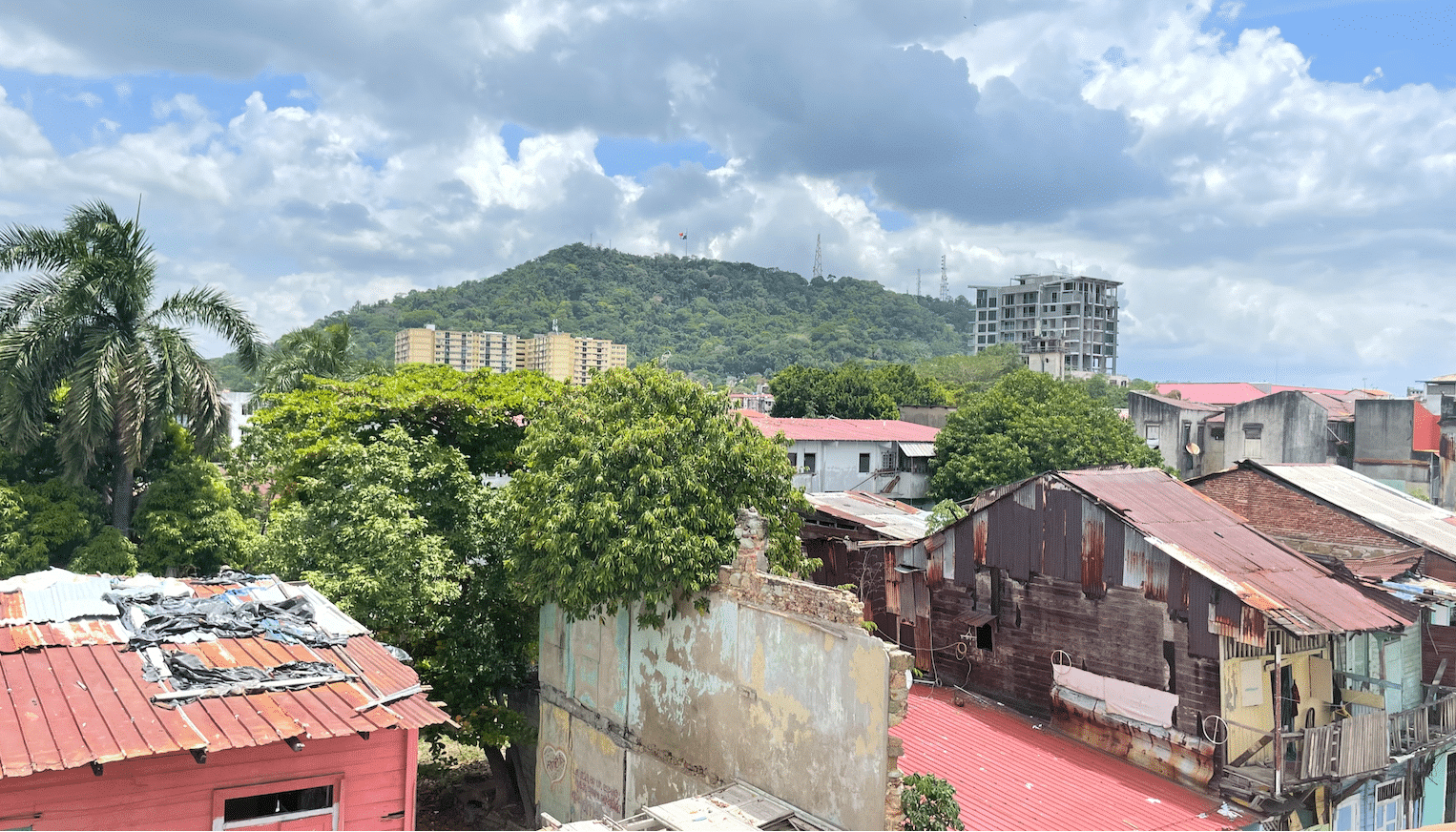
Reggae Night Casco has dancehall and downtown with a guest DJ. There are Roots Sessions periodically and guest singers are also brought in. Some events are free but most have a ticket cover to support the artists.
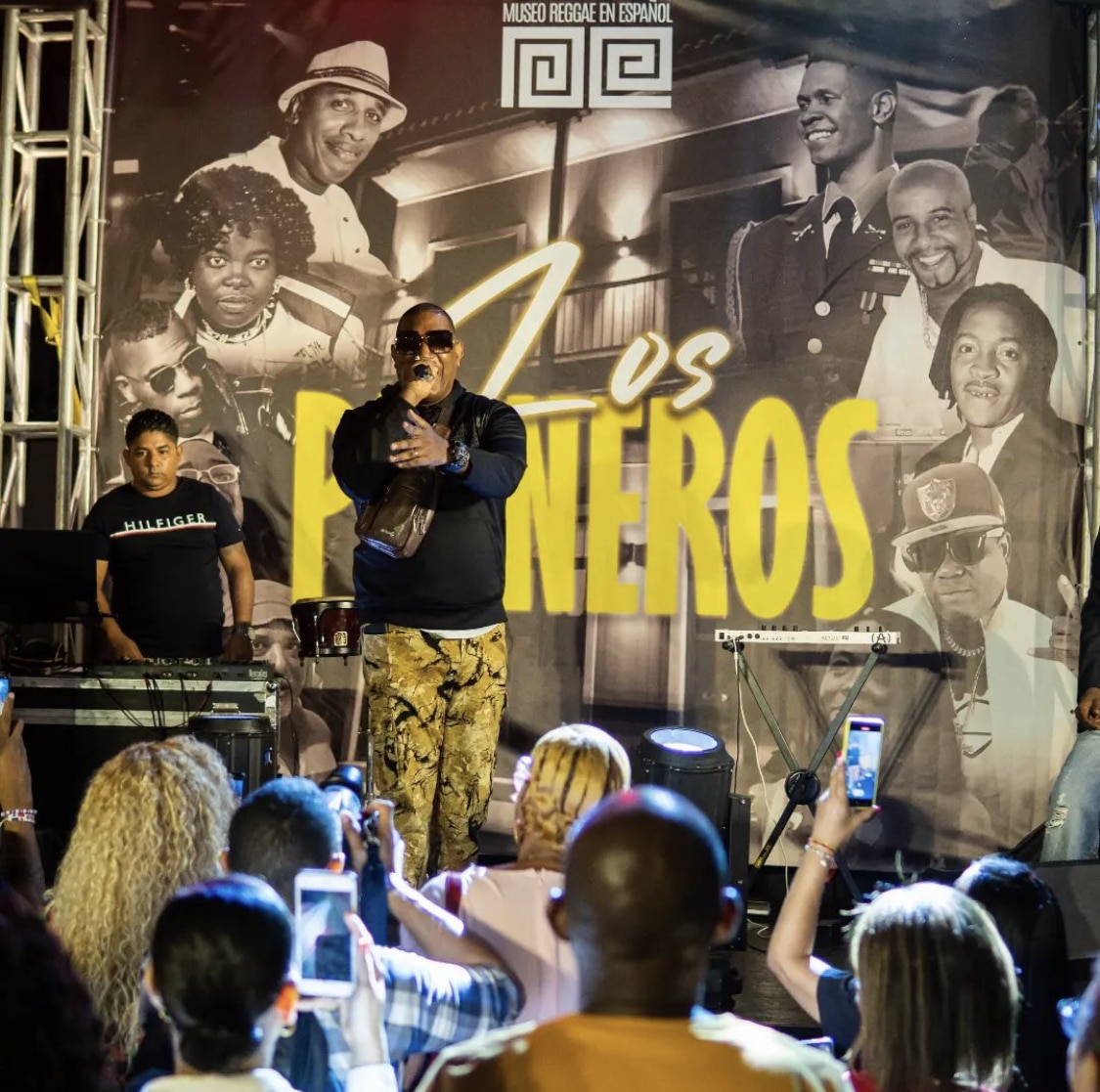

The Dream of the Museum of Reggae in Spanish
The Museum of Reggae in Spanish arises with the idea of publicizing the pioneers of reggae in Spanish and how Panama makes that cultural contribution influencing other countries such as the Dominican Republic and Puerto Rico, while it expands throughout Central America. As we know, reggae in English began in Jamaica and its transition to Spanish was in the 1980s.
The President and founder of the Museum of Reggae in Spanish is Raul Isaac Alvarez who is a fan of the reggae genre and music. He had the idea for a long time until he managed to make it happen. He said, “Why doesn’t Panama have a Museum of Reggae in Spanish, if we boast so much about being the first?” He began working with young people from different neighborhoods to investigate this cultural heritage for almost two years. His idea is that Panama is the epicenter of international urban music in Central America.
The Museum of Reggae in Spanish held a press conference to promote the museum in the media. The conference also included the participation of Leonardo Aulder (Renato), the first reggae singer in Spanish, Ernesto Brown (Apache Ness) and Rolando Mosley (Principal).
“I am happy that there is a physical place that honors the musical genre that has been of social transformation, today many people know Panama not only because of the Panama Canal or Roberto Duran, but because of the music,” Principal said. Meanwhile, Apache Ness said that this museum is a great achievement “something that should have been done since this book called reggae began in this country, I feel very pleased.” While Renato highlighted: “I want to thank everyone who started this project. This and other things were missing.
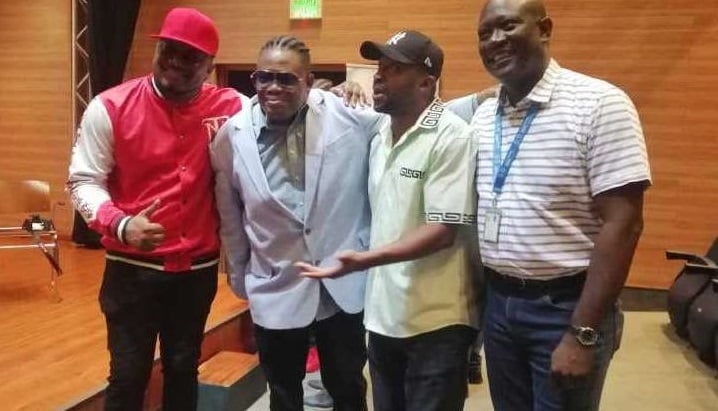
Tribute to Panamanian Artists
The Museum of Reggae in Spanish has recognized the 10 pioneers of the genre including El General, Rude Girl, Renato, Nando Boom, Chicho Man, Carmensita Anderson, Gringo Man, Apache Ness, Super Nandi and Principal.
Danger Man and the Kid are also shown although they are not pioneers but they gave an important enhancement to the genre. Both are no longer alive but their relatives agreed to participate in the museum. The terrace of the museum has a decorative mural that was made to commemorate El Kid, Danger Man and Papa Chang.
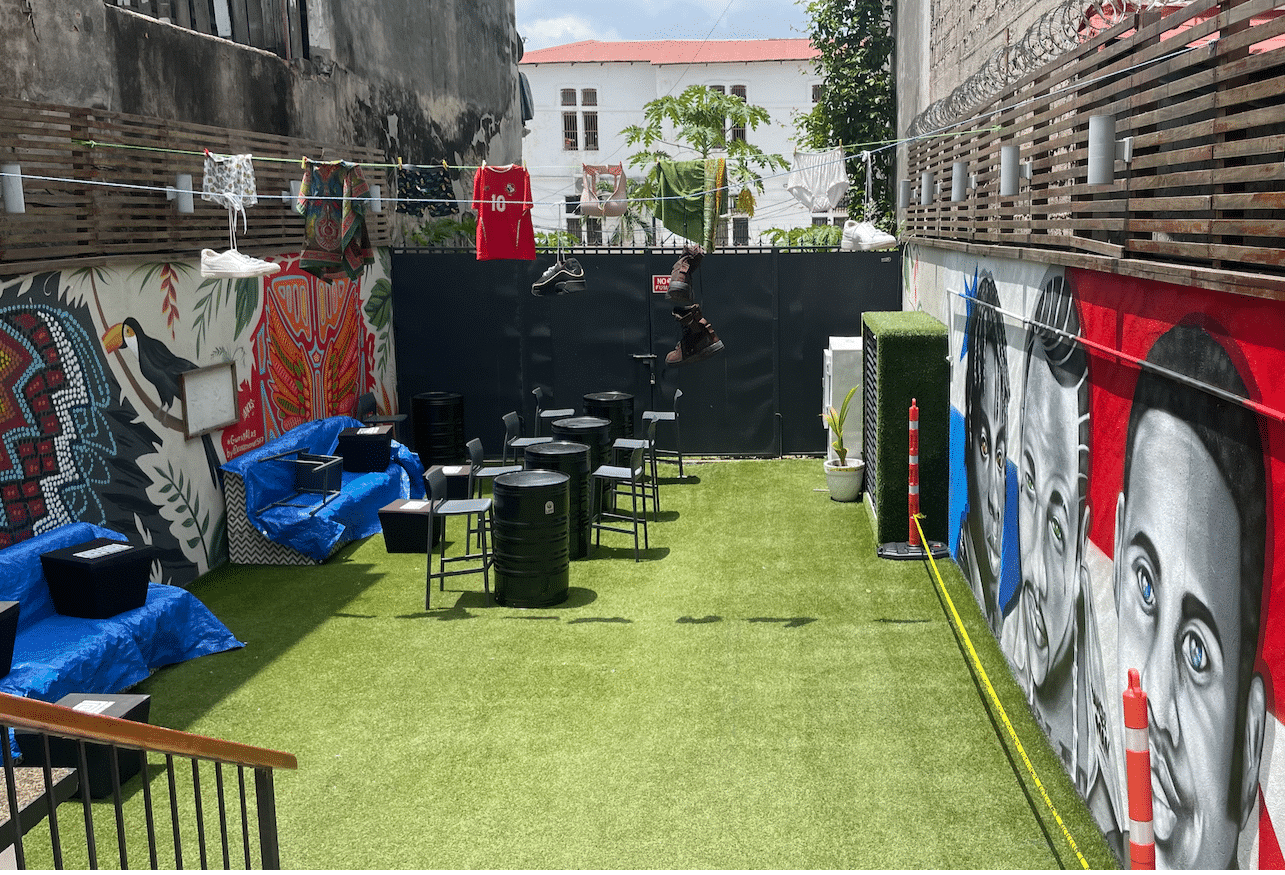

Visitors to the Museum of Reggae in Spanish will be able to see the mannequins that represent the artists in their original clothing that was donated by them. Using the cell phone you can scan the QR code to interact with the exhibits and learn about them. Also discography, images of what mobile discos were.
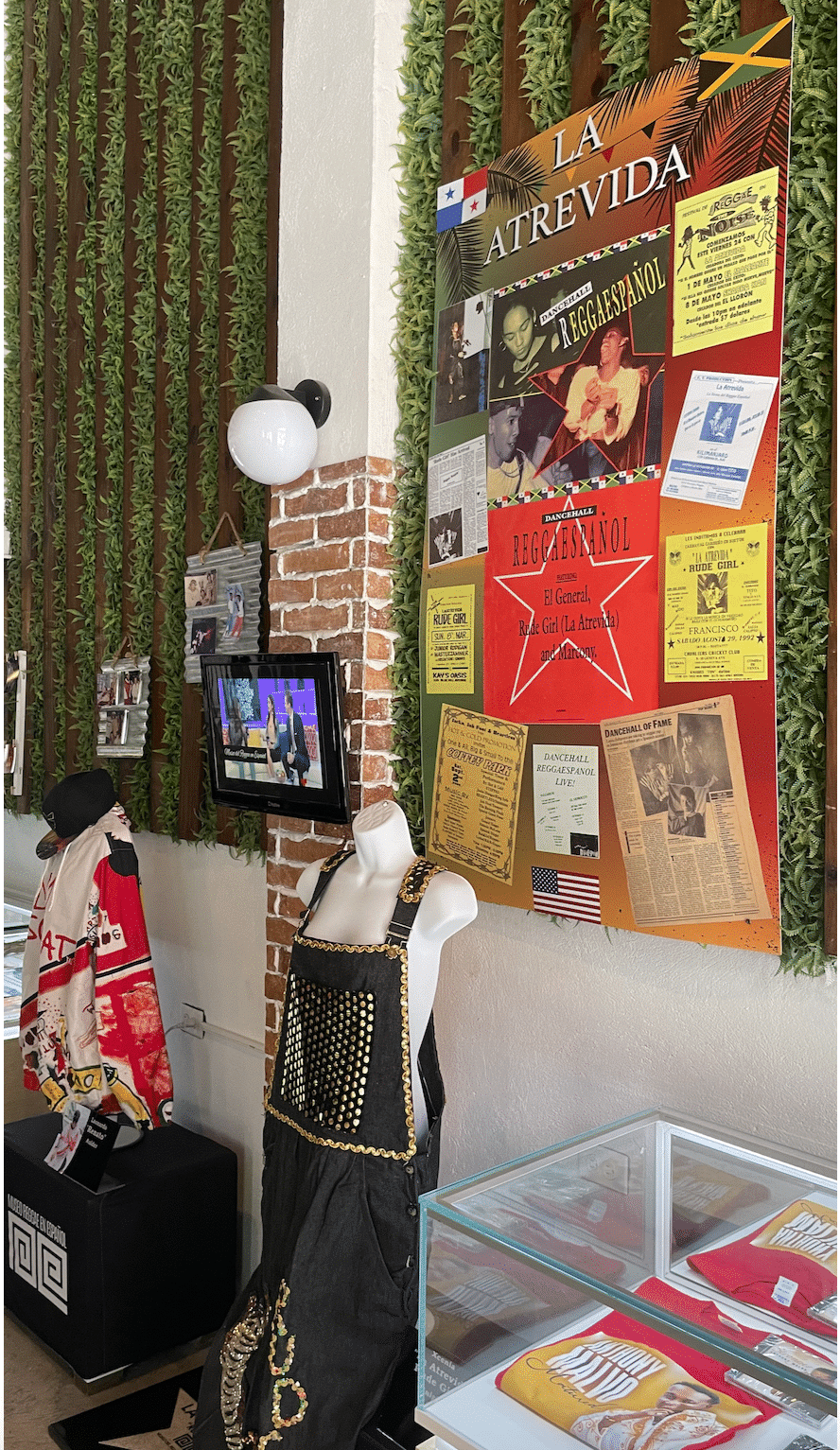
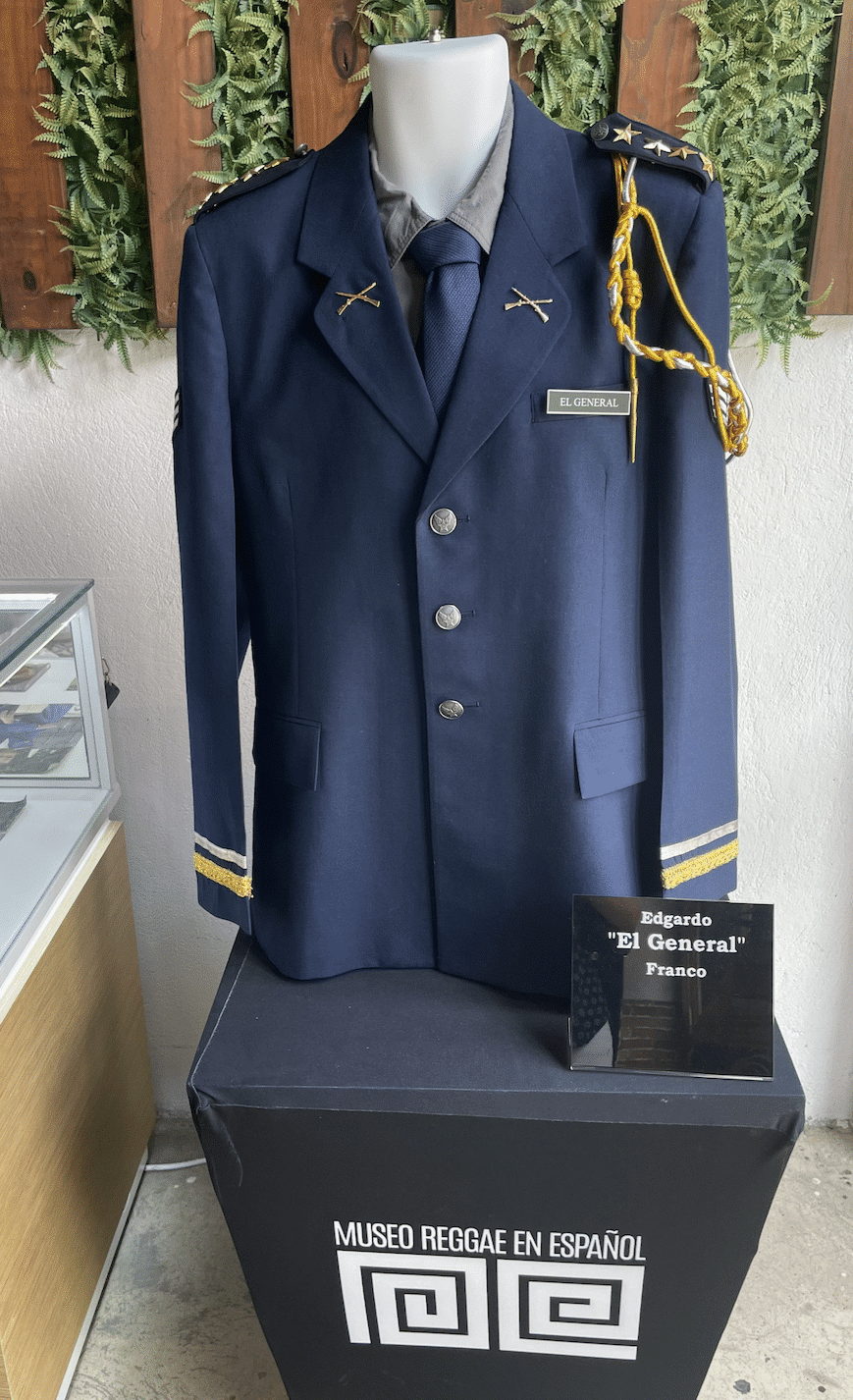
Those of a certain age, like me, will feel a little nostalgic to see a cassette player and a pencil. Others who are older will remember their youth when they see the vinyl records.
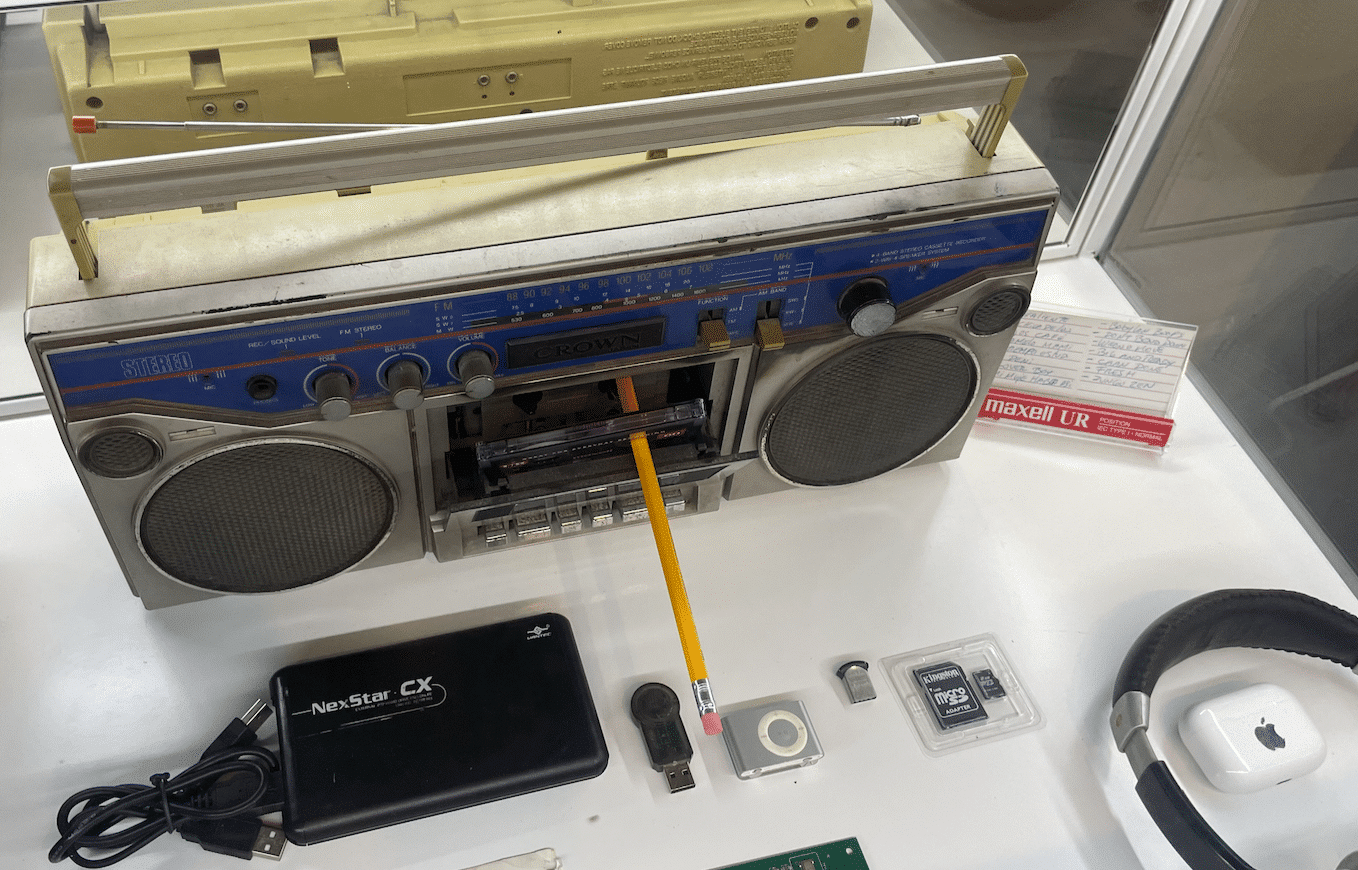

In the future they hope to change the exhibits since the Museum of Reggae in Spanish is a museum in movement. They will include international artists since there are other countries that we have influenced and that have influenced us. This museum tells the history of the genre up to the present day. They will have a book called “The Great Book” where all the artists we have had in Panama will be reflected. Everyone will be invited to the museum to sign next to their names. They will also have a recording center to make you feel like a reggaeton singer.